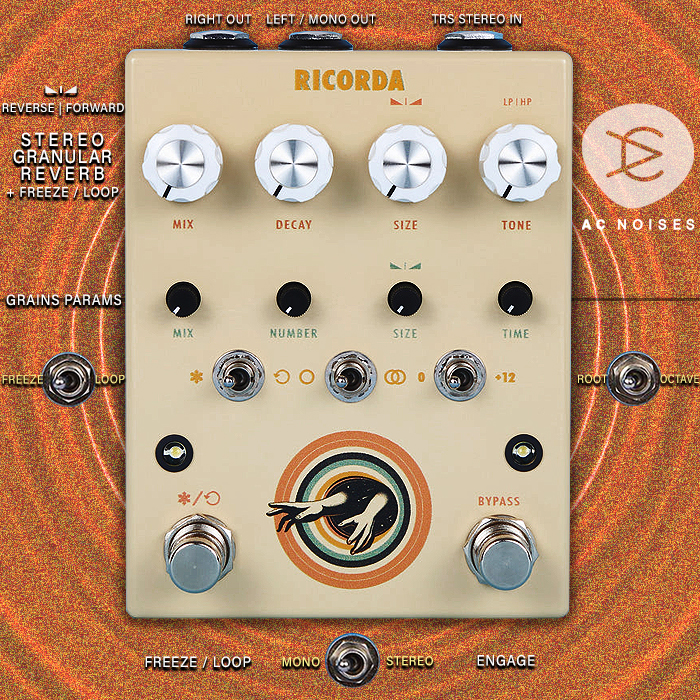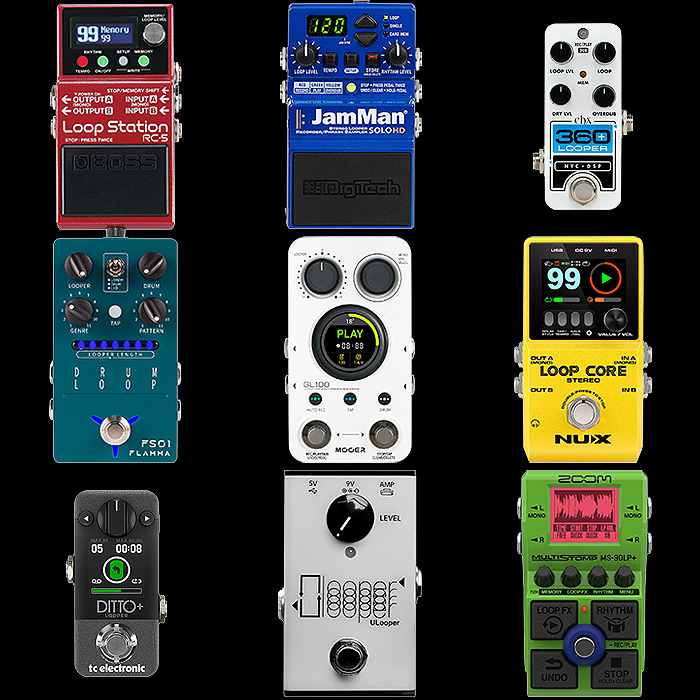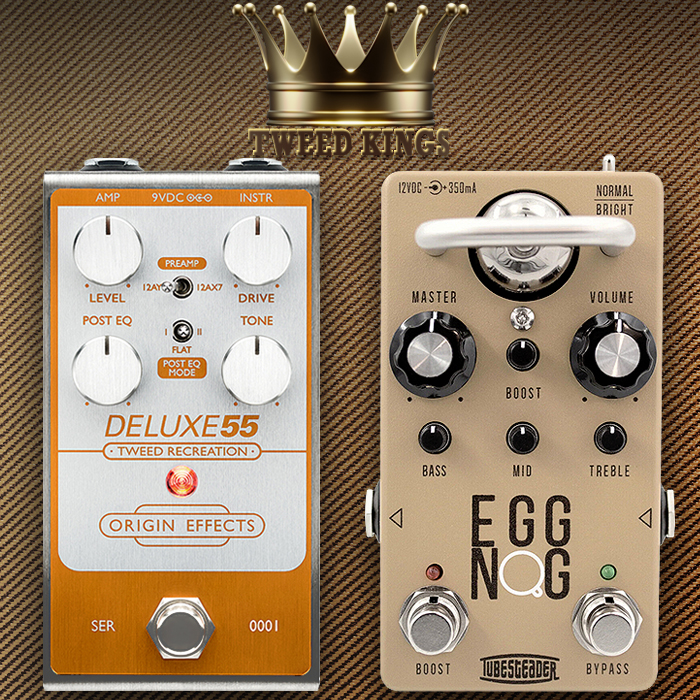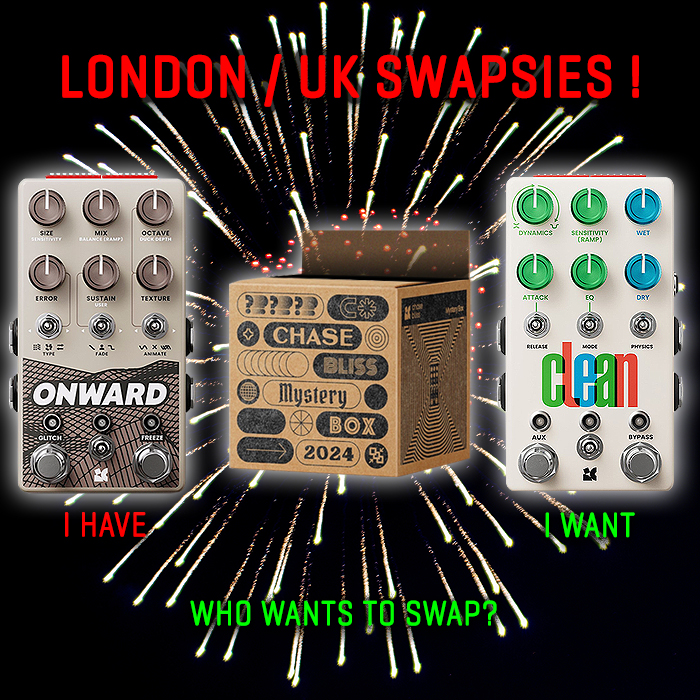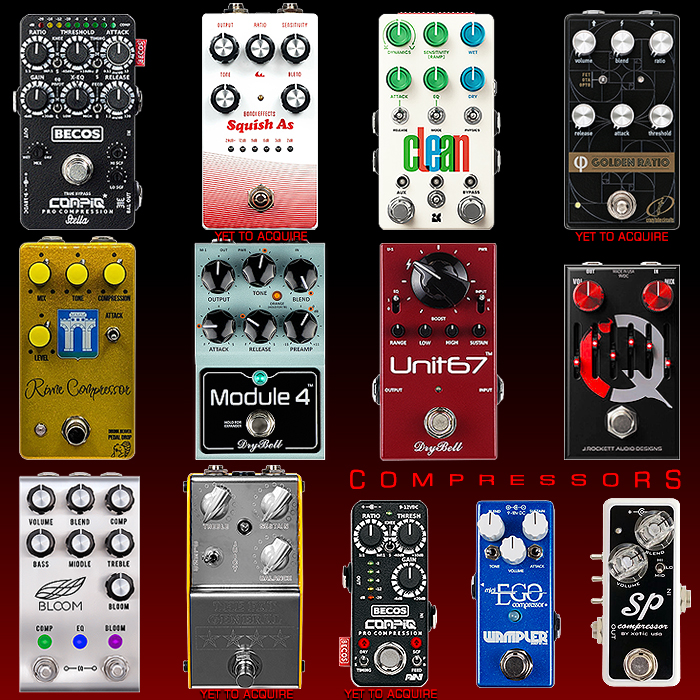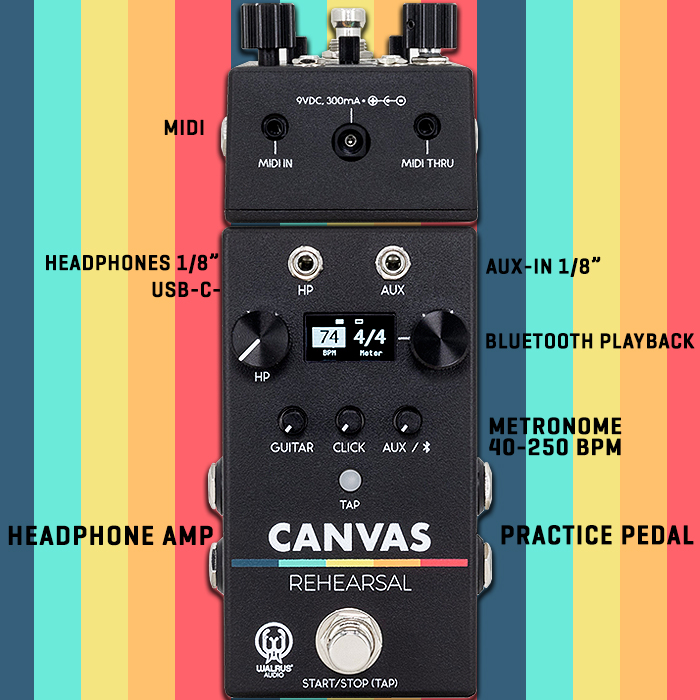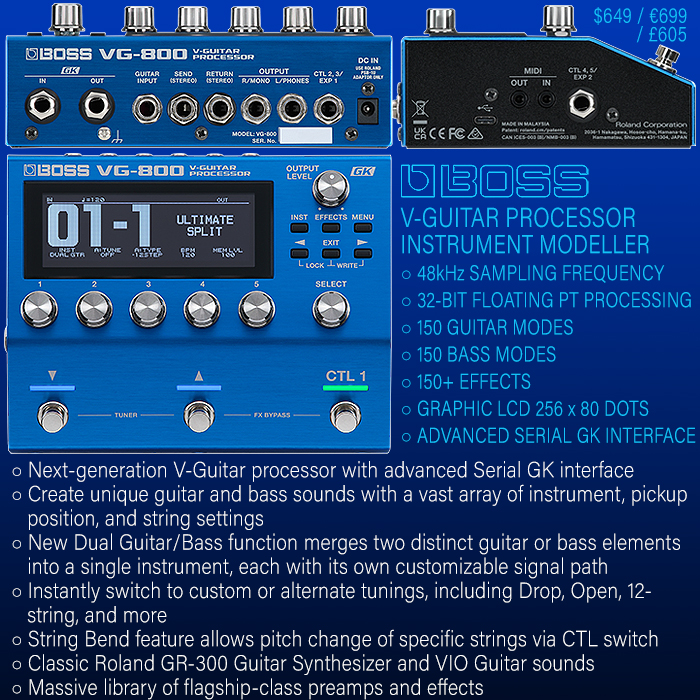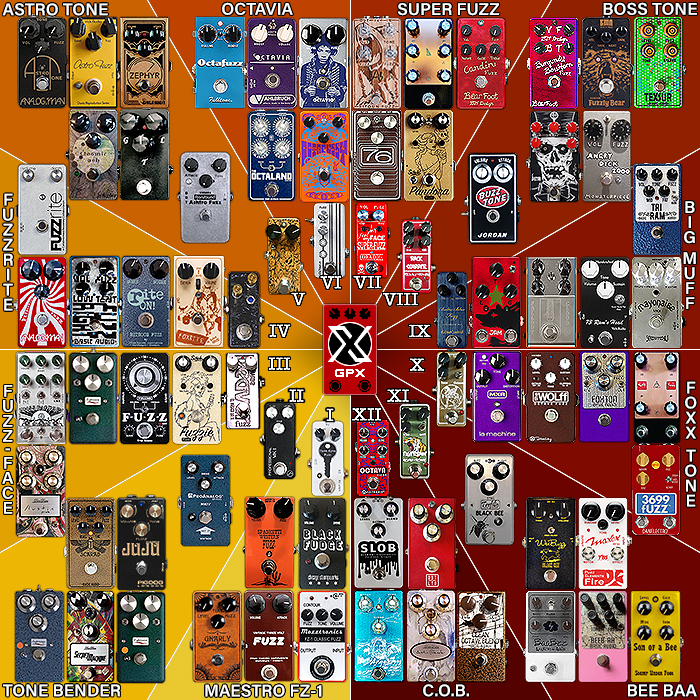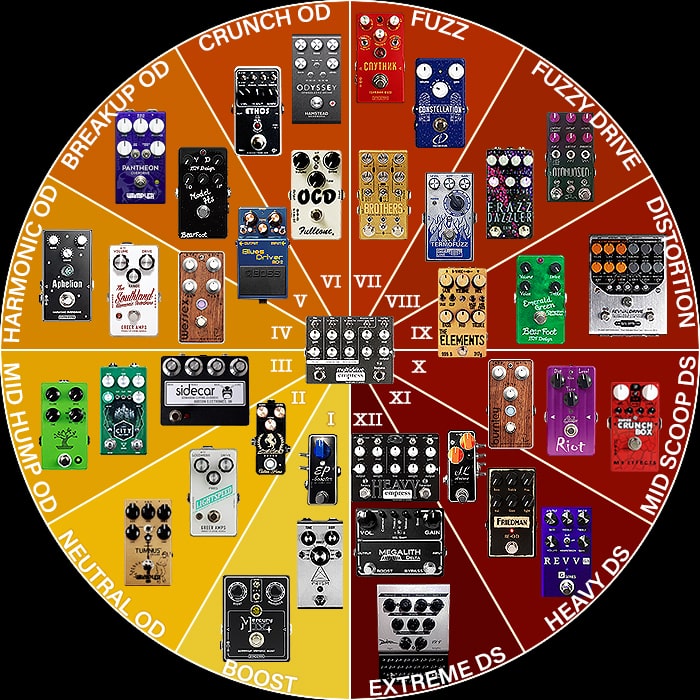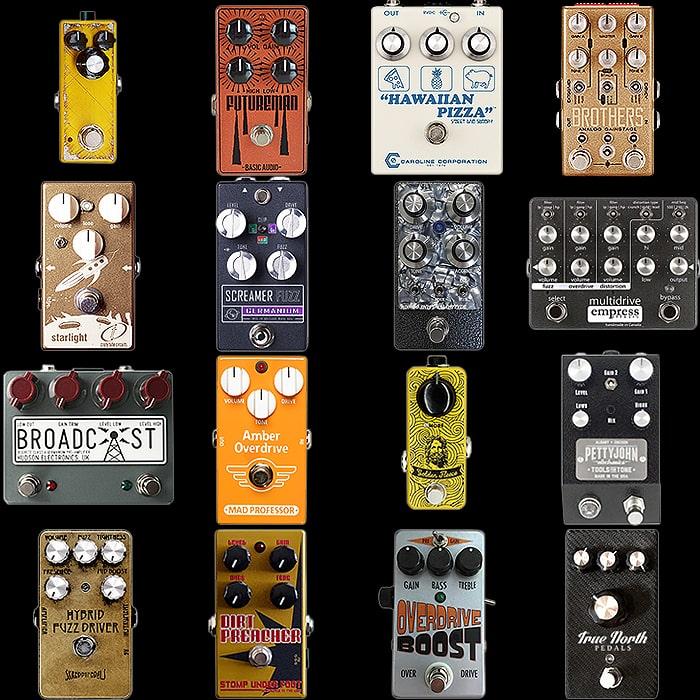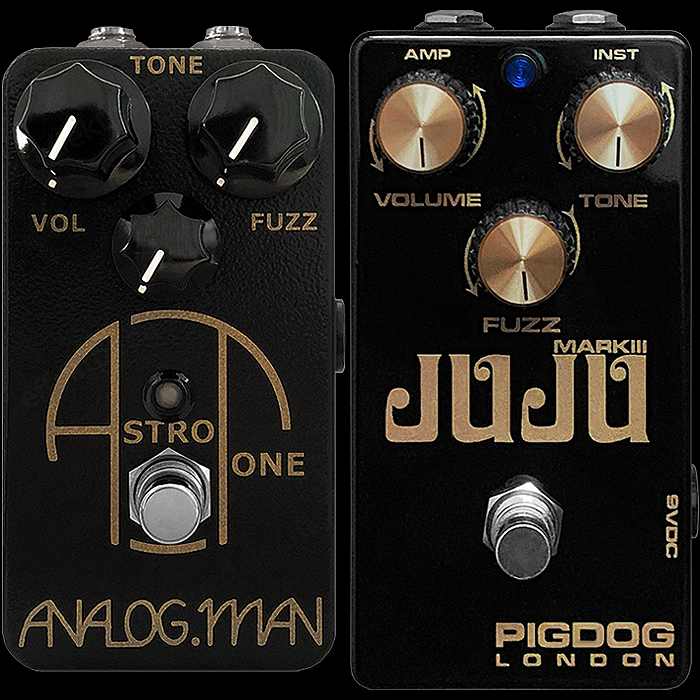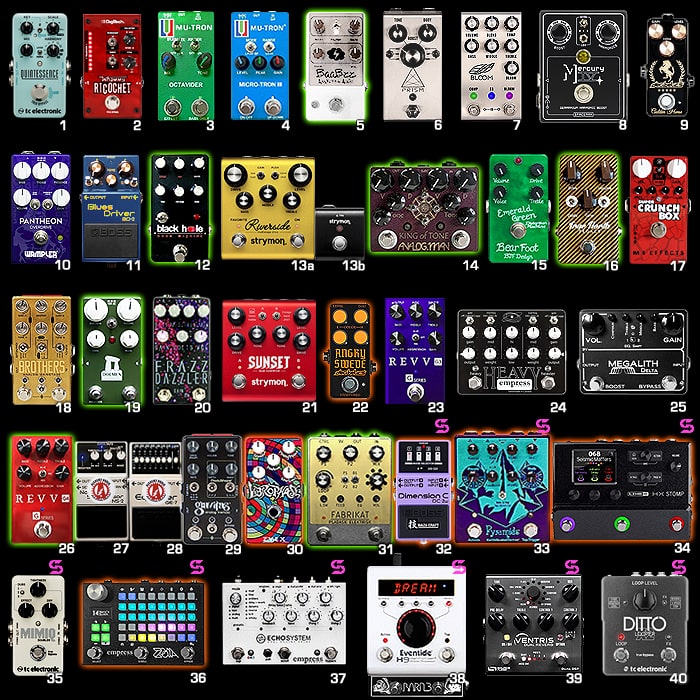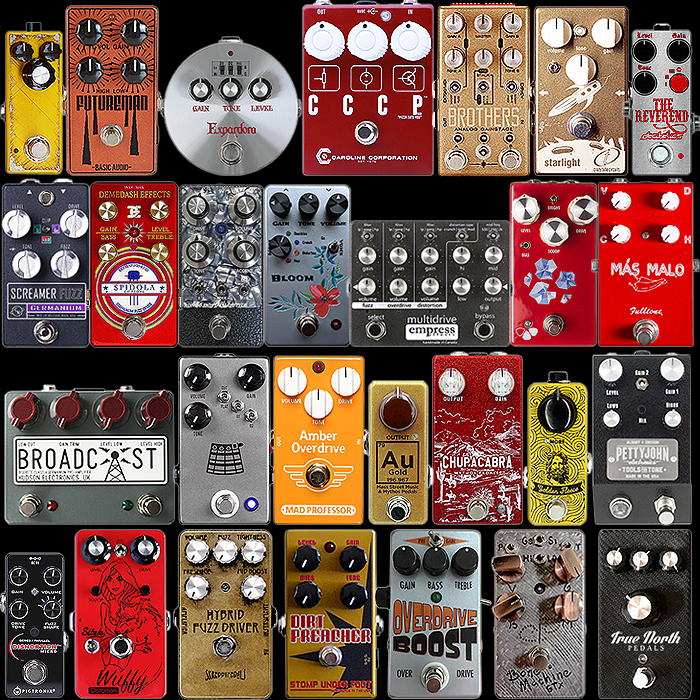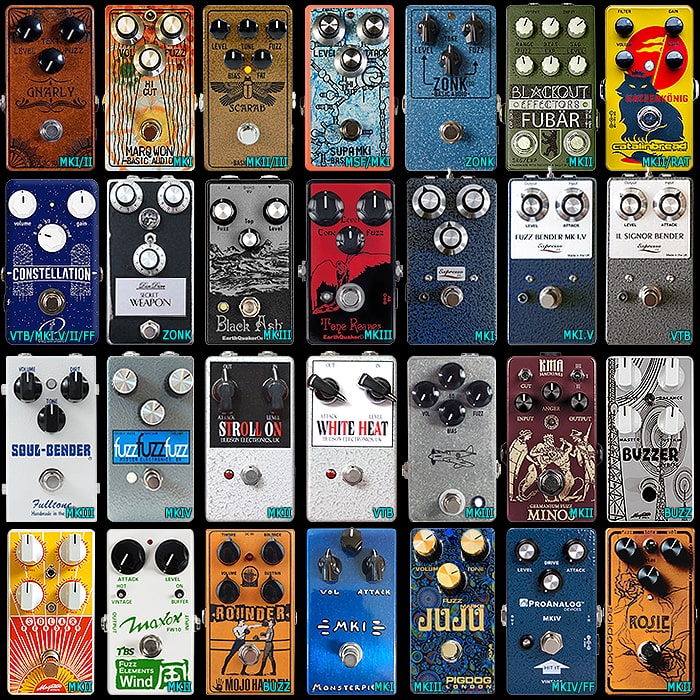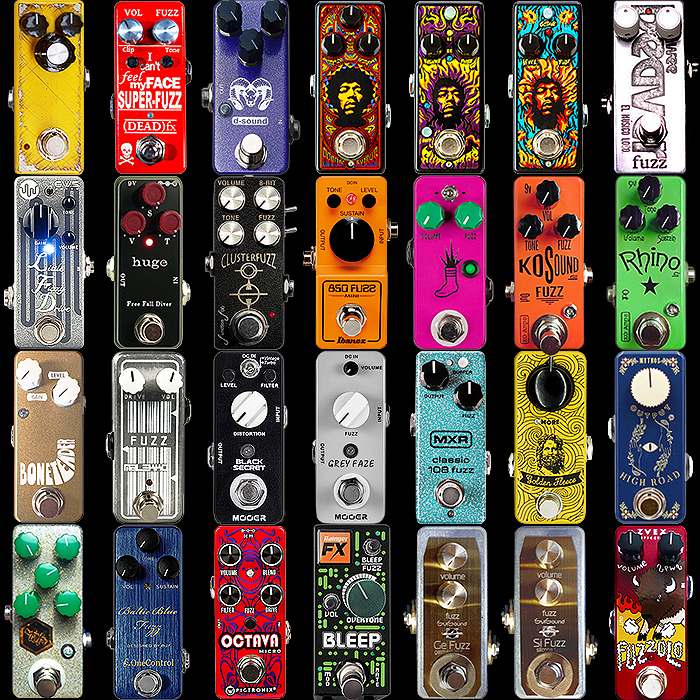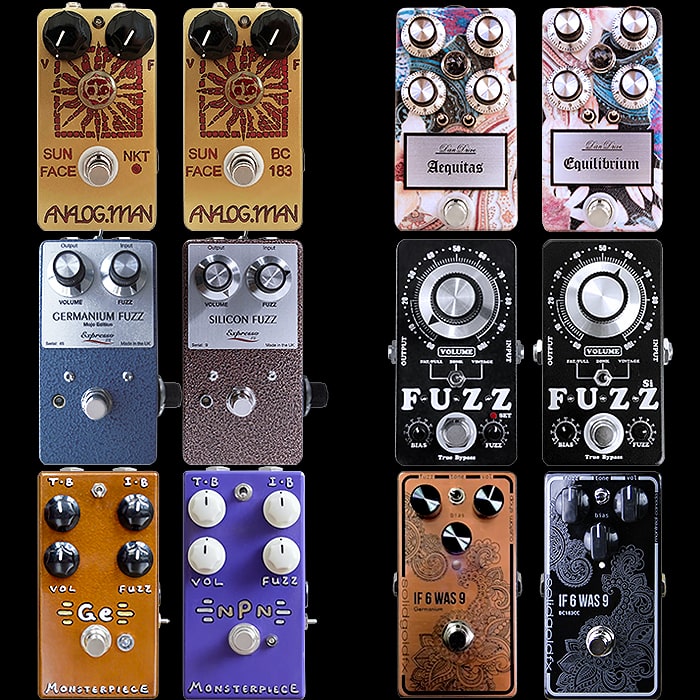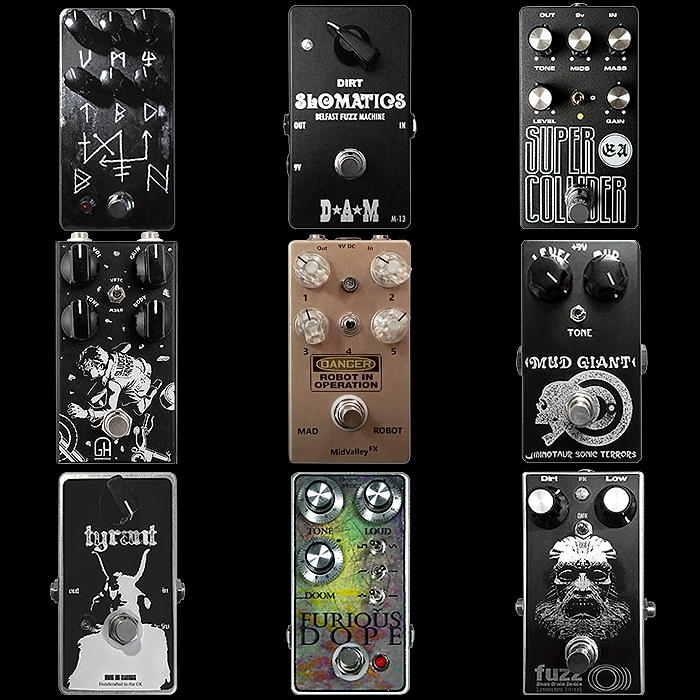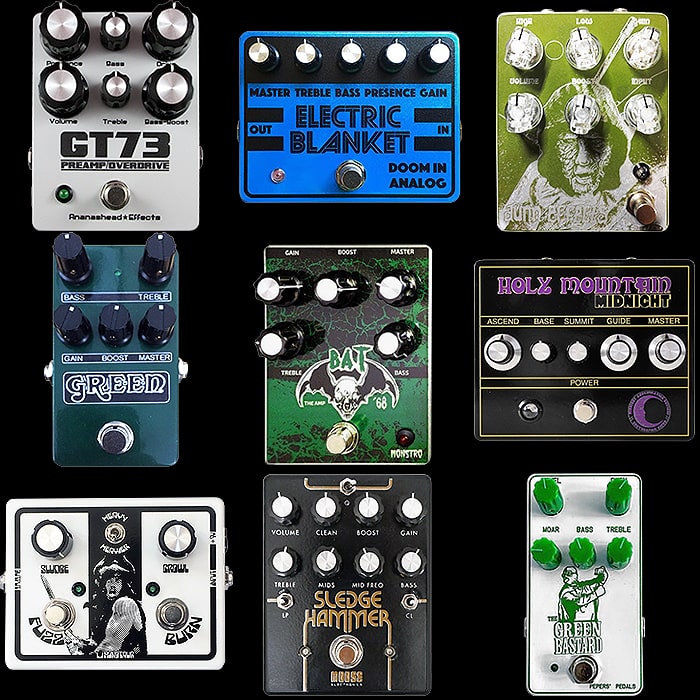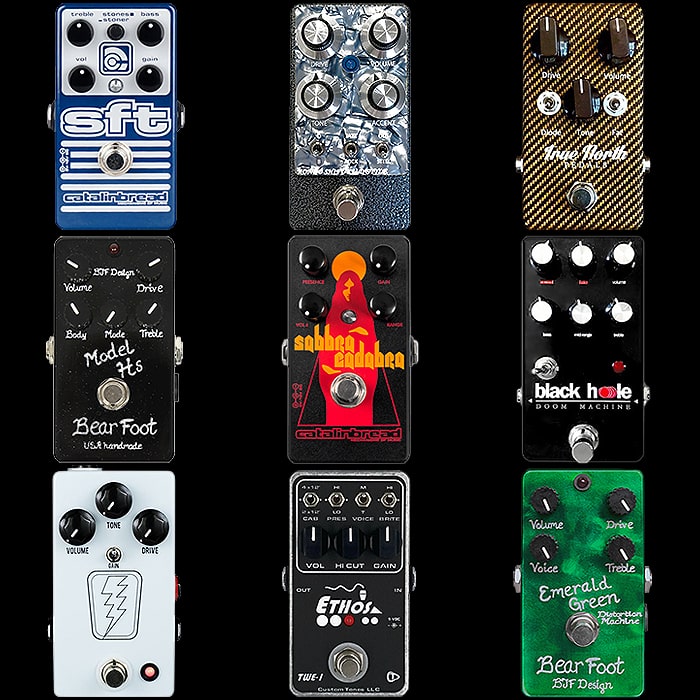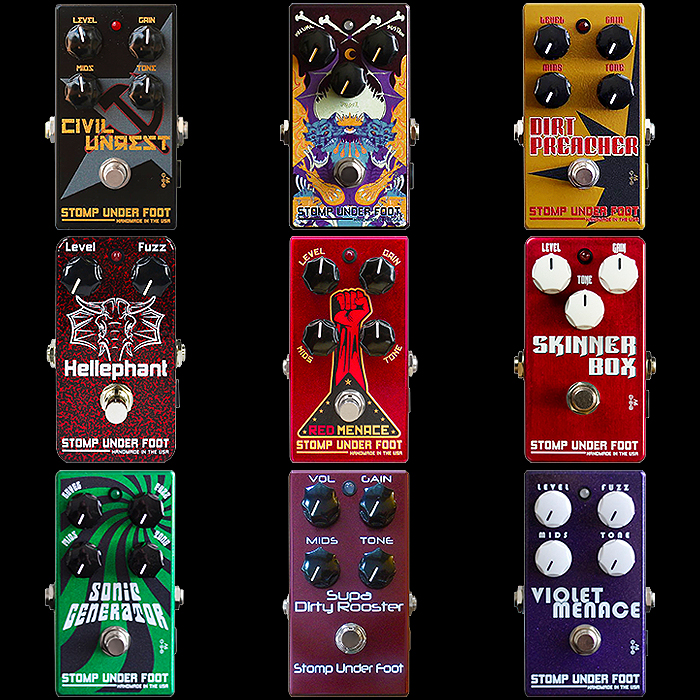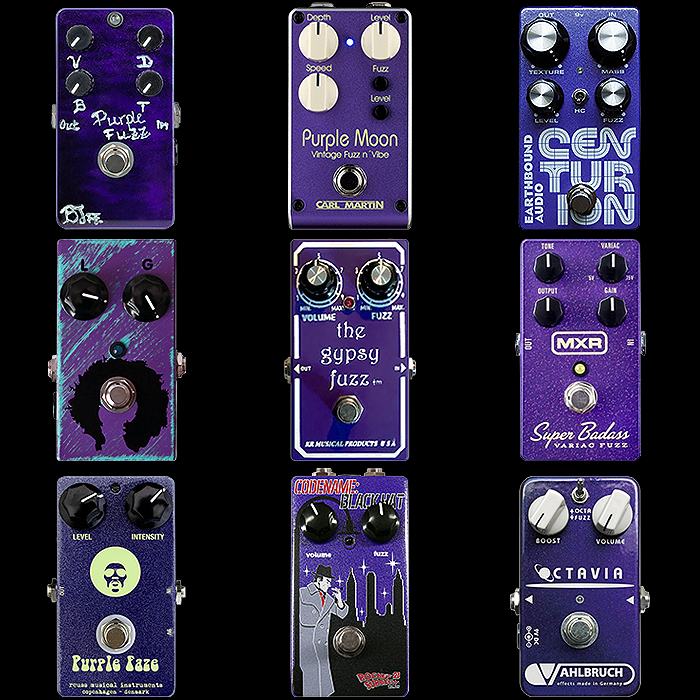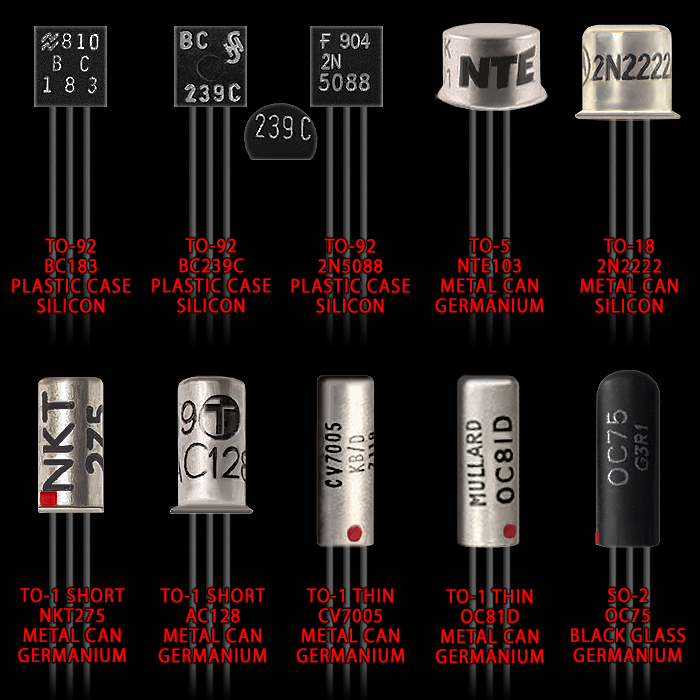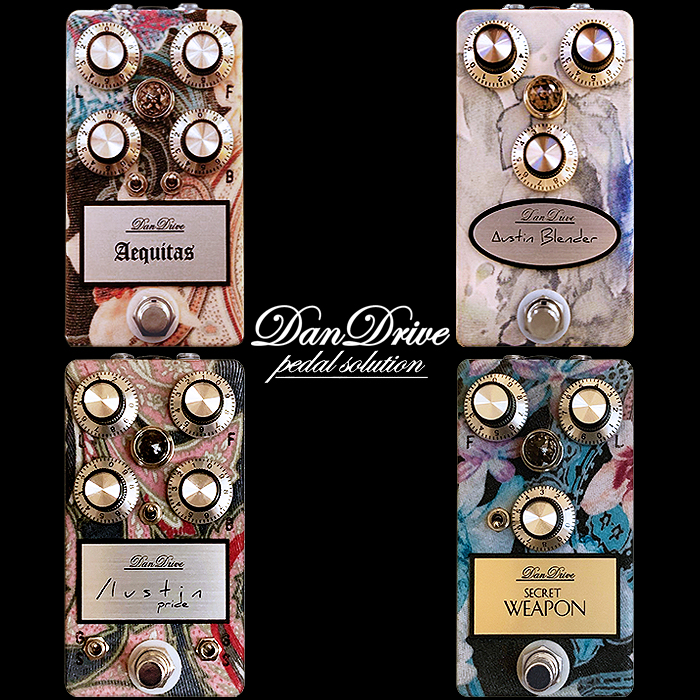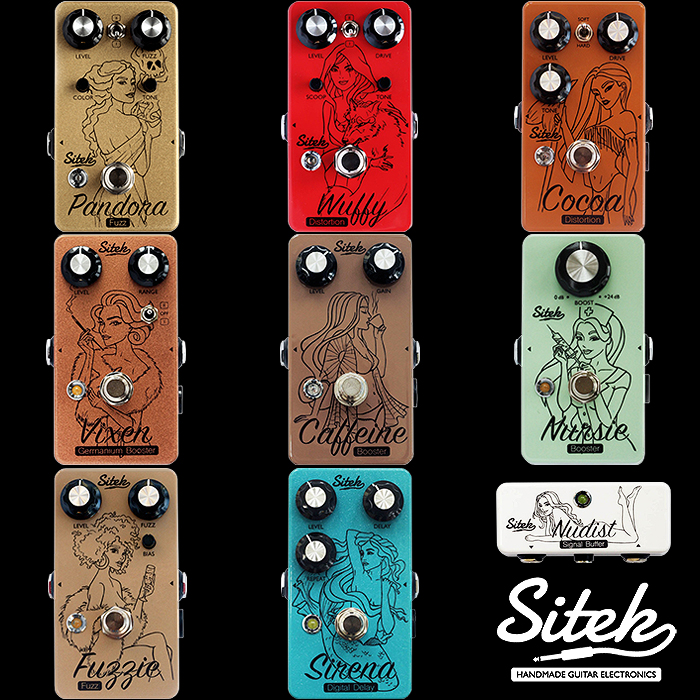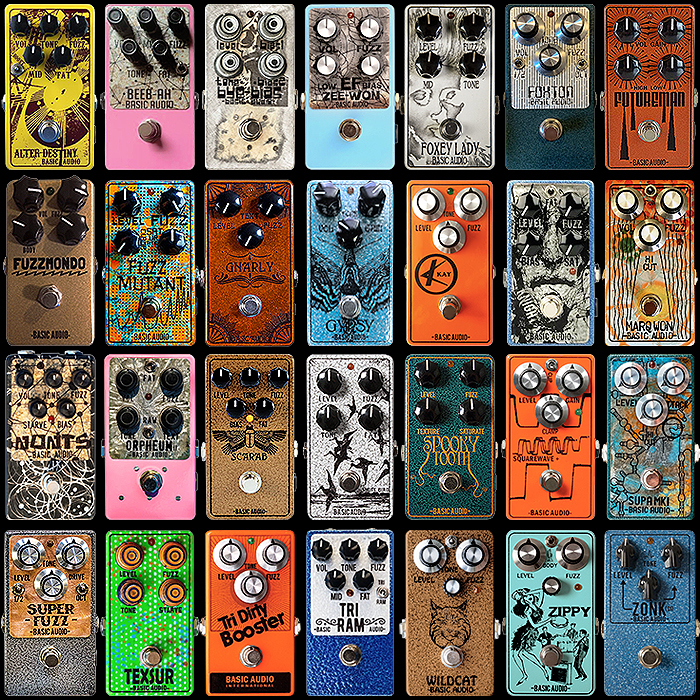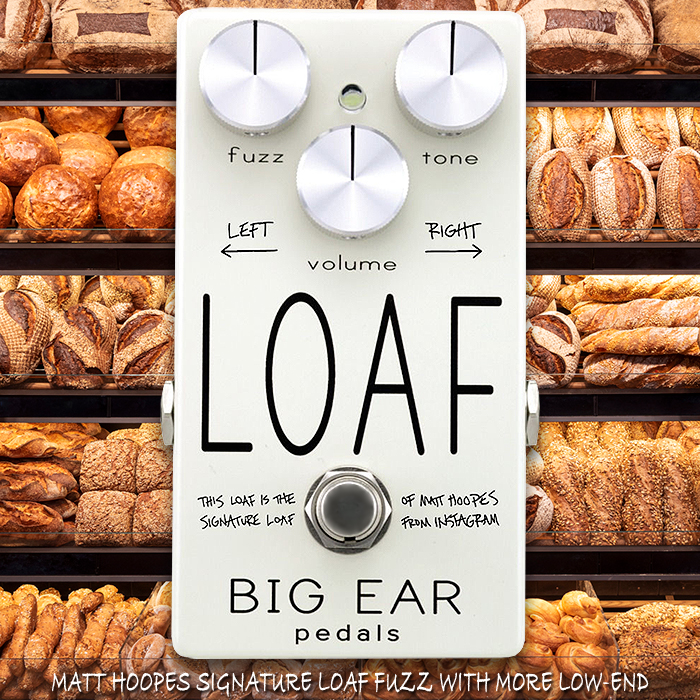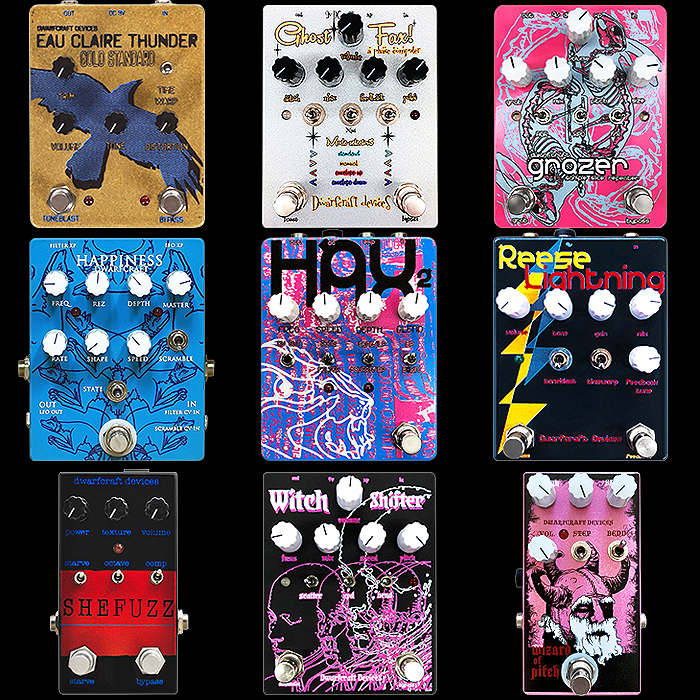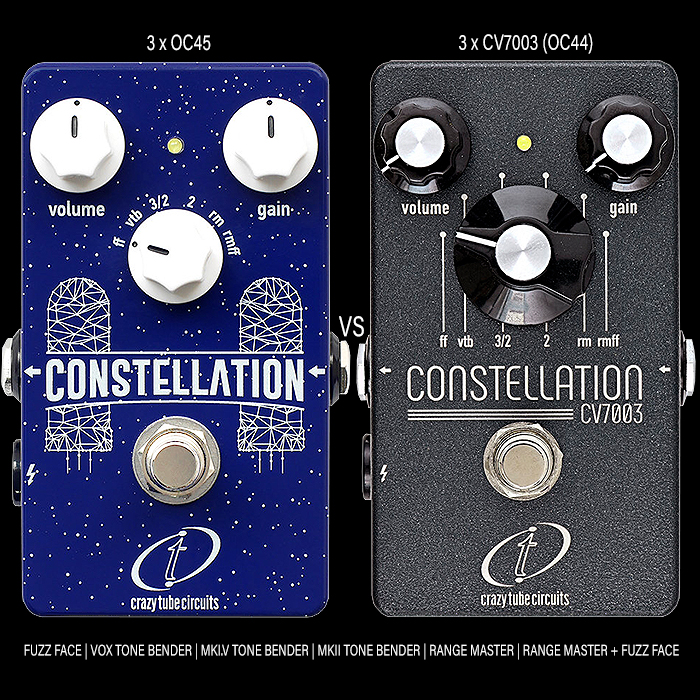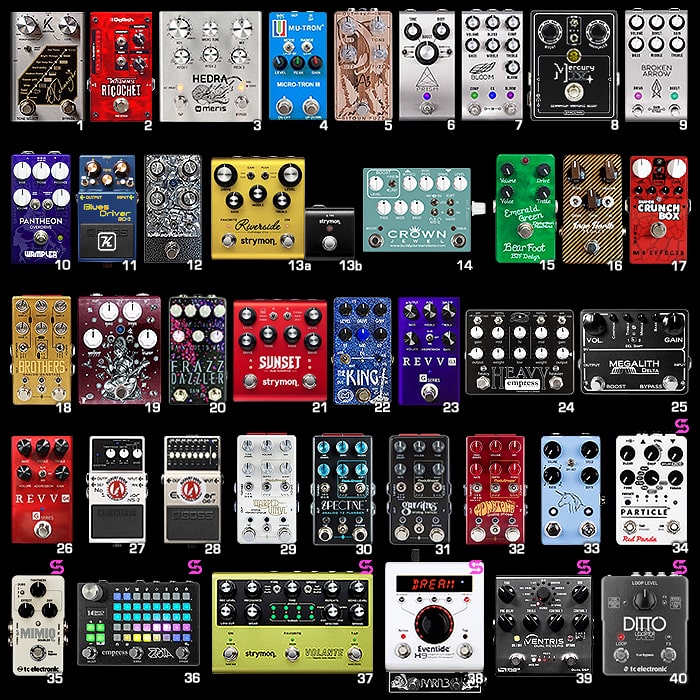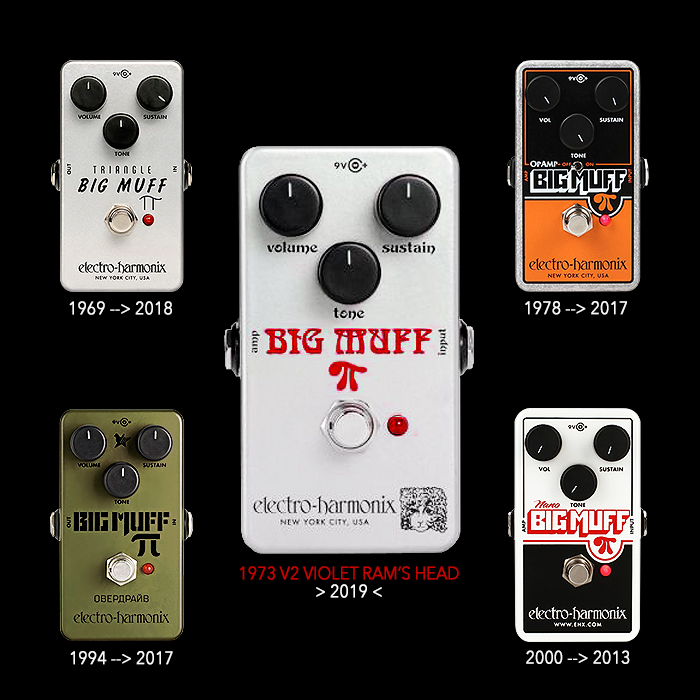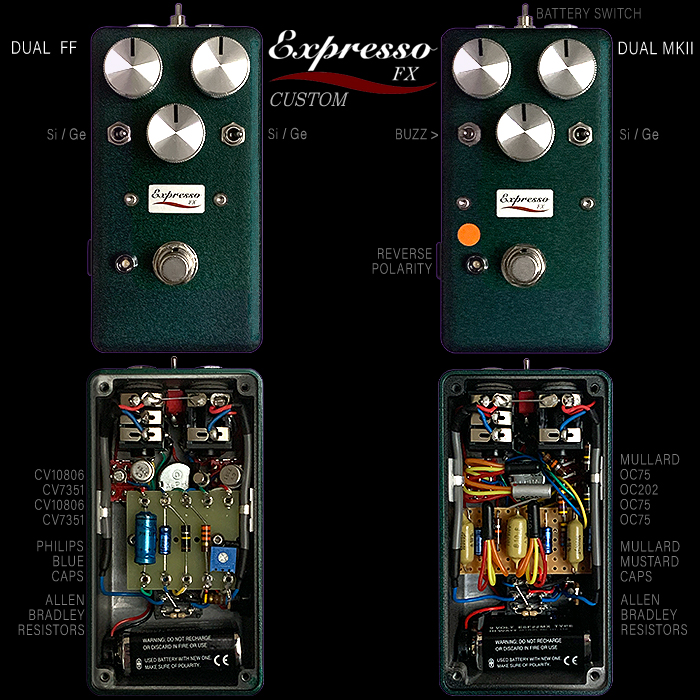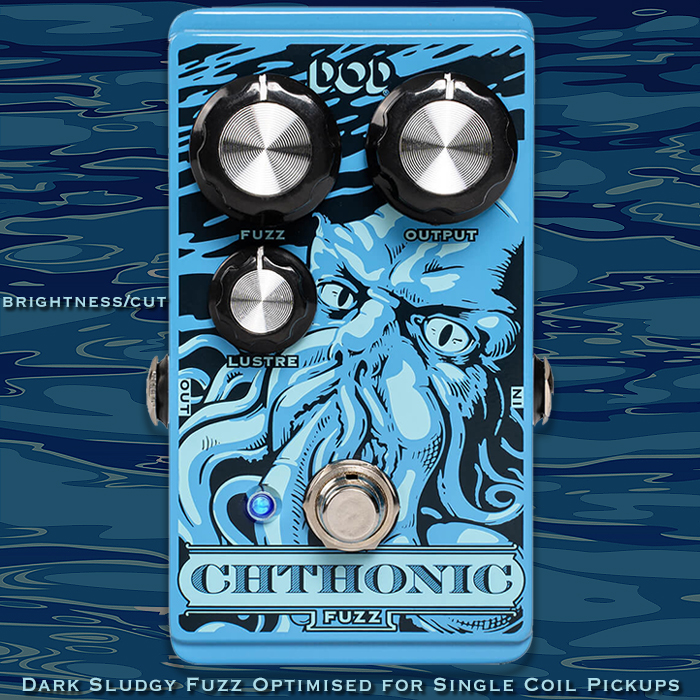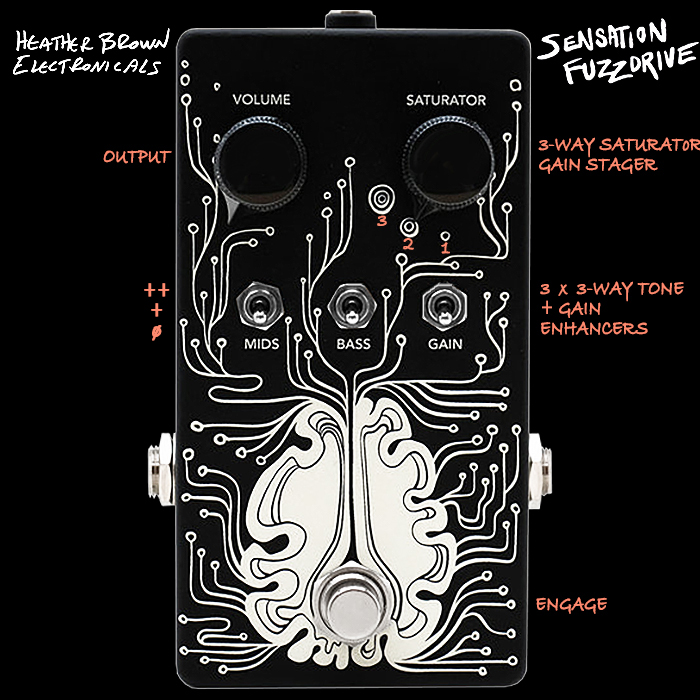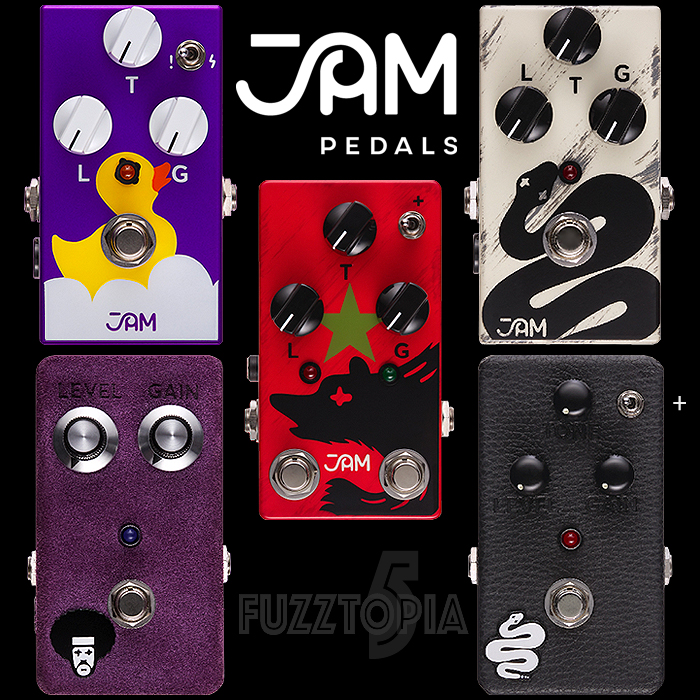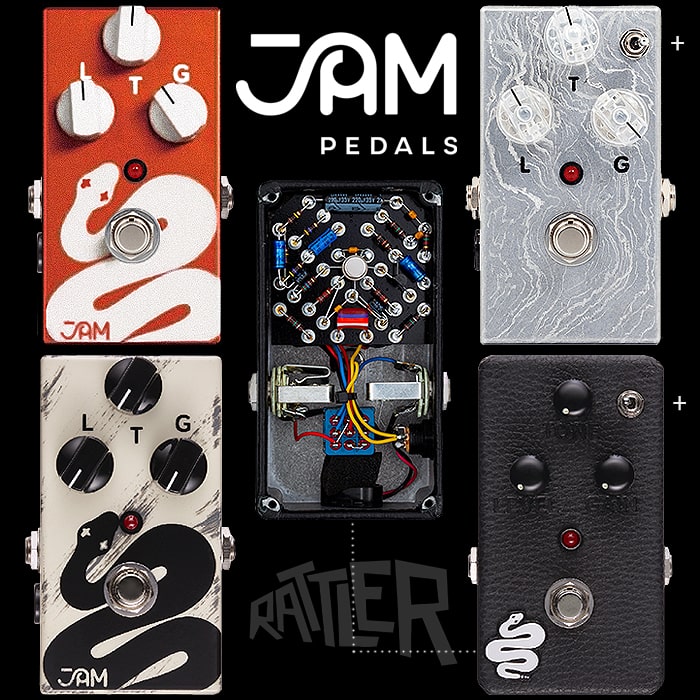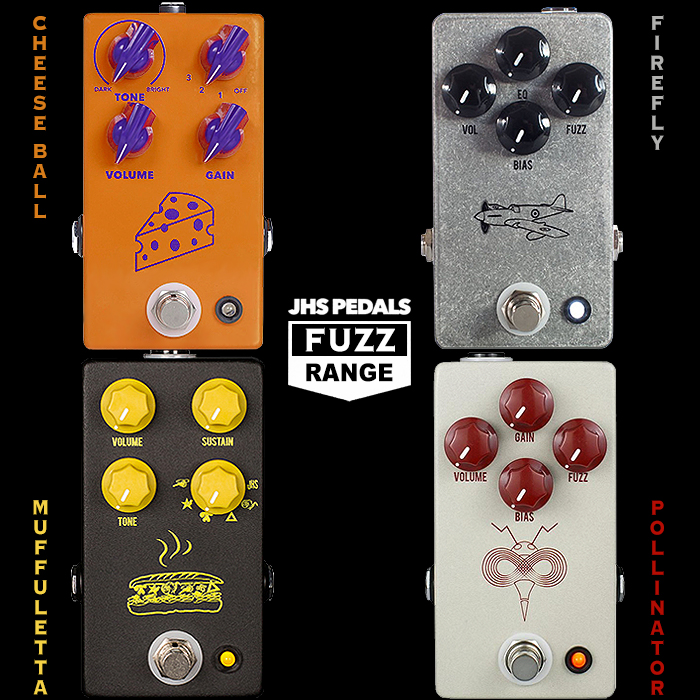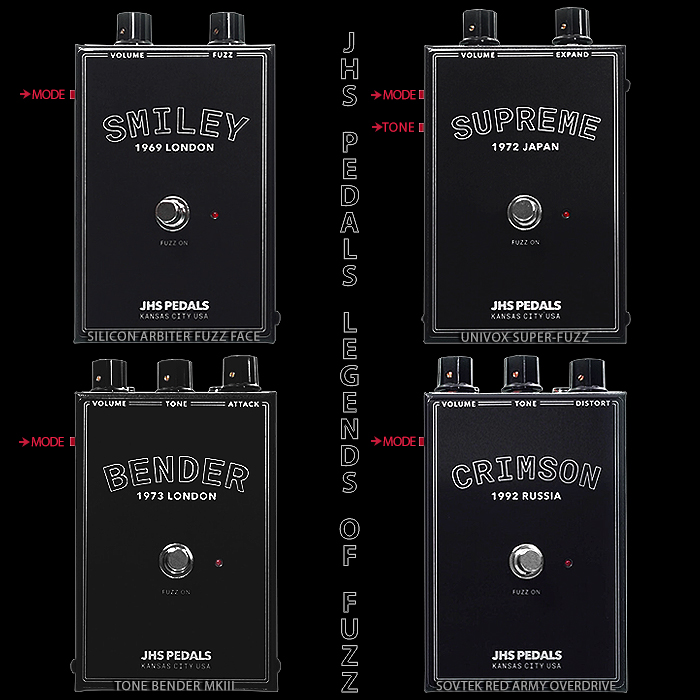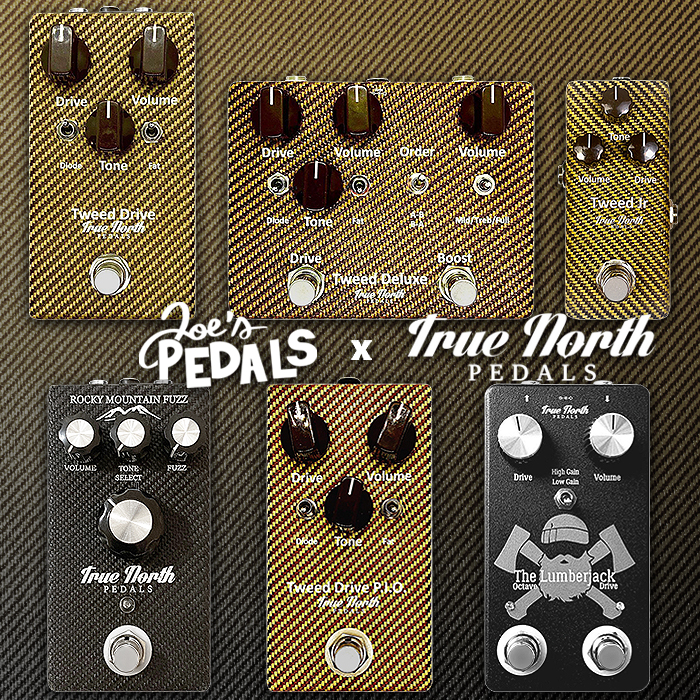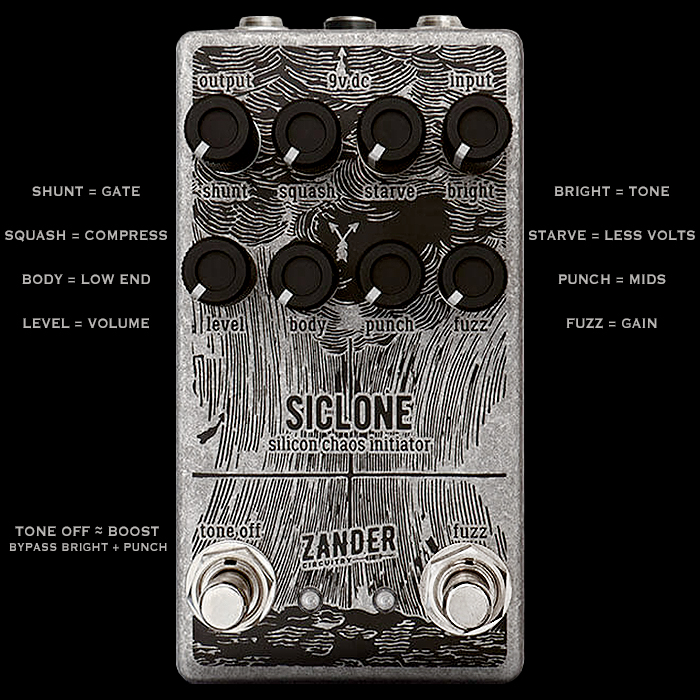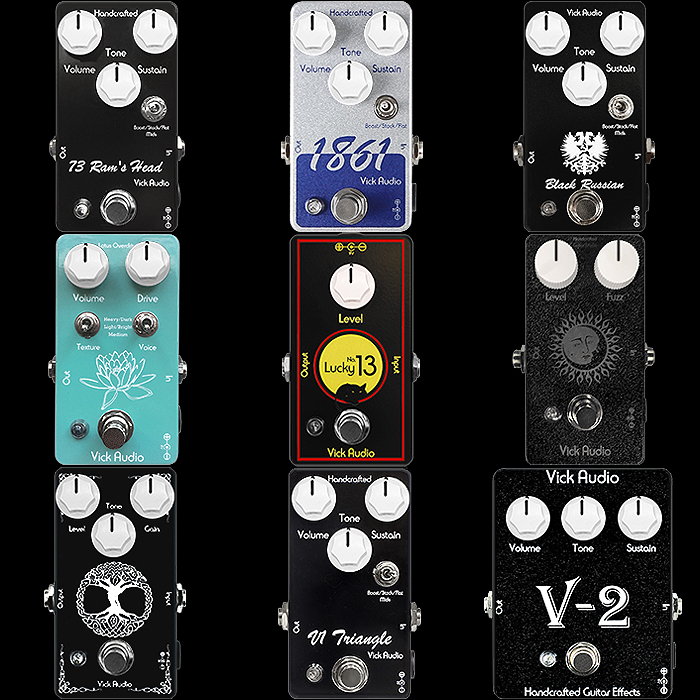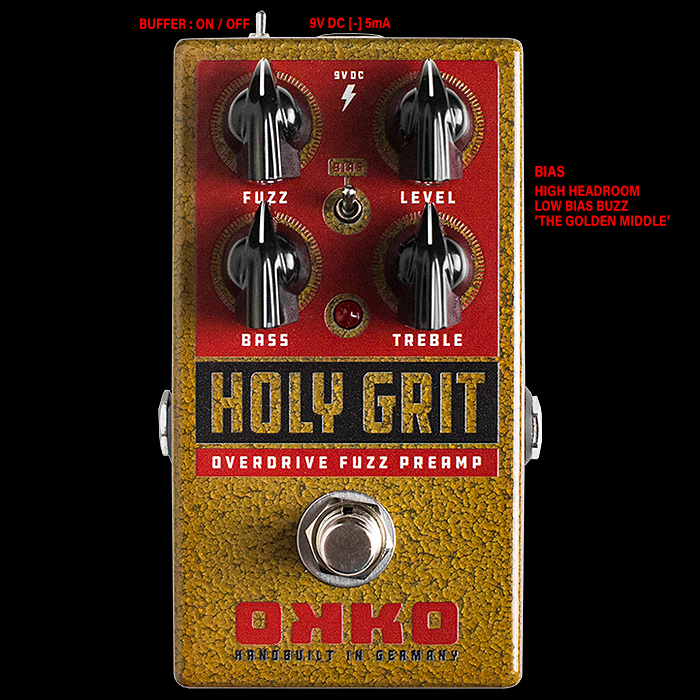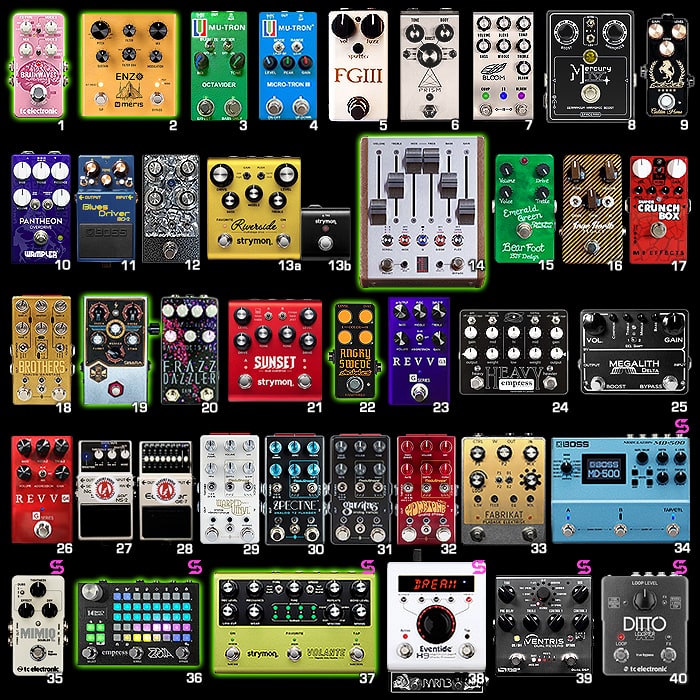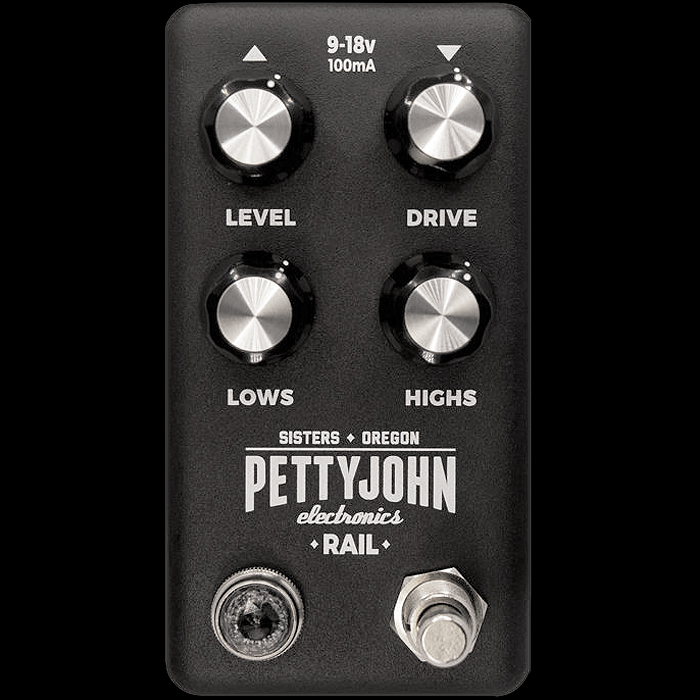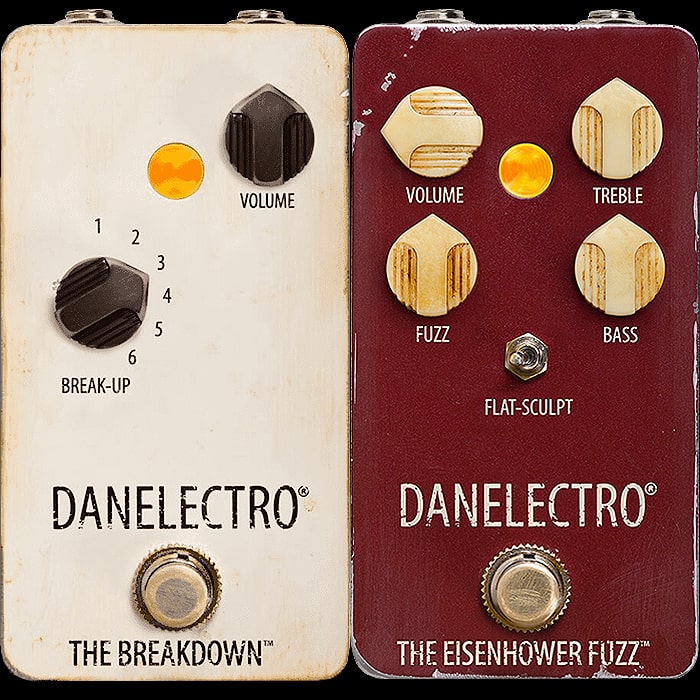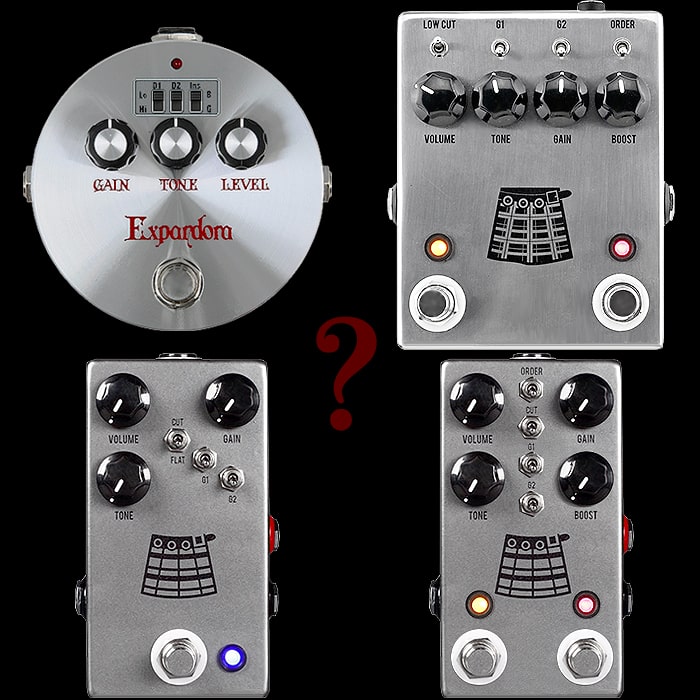Sheldon Ens' True North Pedals is Two for Two Now with the New Beautifully Versatile Raspy Silicon Rocky Mountain Fuzz
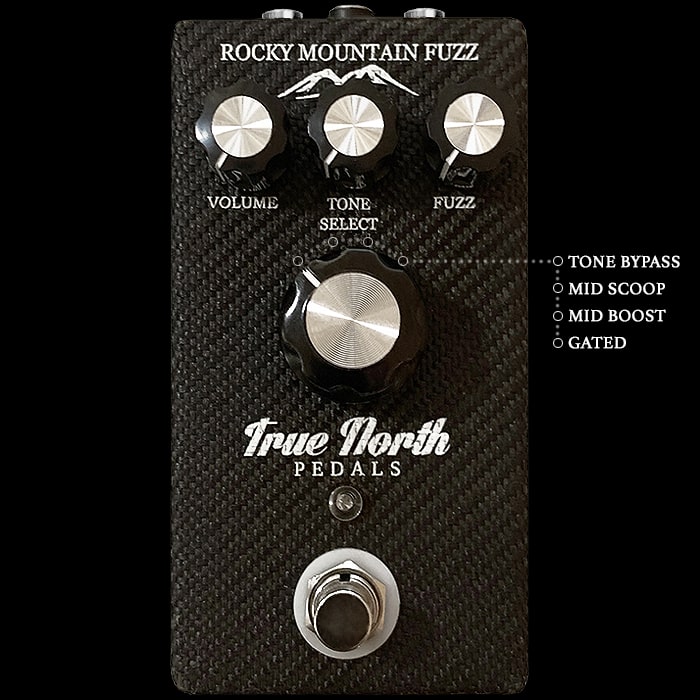
Readers of this blog will know that I’m a huge fan of Sheldon’s first official True North Pedal - the superior Tweed Drive. In common with the new Rocky Mountain Fuzz both have great core tonalities with a significant amount of versatility and range on tap via 3 tone-shaping controls - Volume, Tone and Fuzz (Gain/Saturation) in this instance. Both pedals also have the rather fabulous tweed fabric-wrapped enclosures - the newer version fetchingly dyed black. I feel that this should become a True North Pedals signature style - all pedals tastefully wrapped in earthy hues of Tweed fabric.
The Rocky Mountain Fuzz goes one step further with a really nifty 4-way Mode Select rotary-switch dial which delivers surprisingly varied tones from the same core character:
- Tone Bypass
- Mid Scoop
- Mid Boost
- Gated
This fuzz produces richly textured raspy tones which are in the ballpark of the Os Mutantes Regulus VII style fuzzes - albeit not quite so strident - I would say a more refined variation on that theme. There’s definitely some noticeable Tweediness to the core tone too - which makes the fuzz a good match for using in combination with the aforementioned Tweed Drive - the two of them together sound stellar.
I actually probably like the pedal best in just its raw Tone-Bypass mode with Fuzz dial fully counter-clockwise. In Mid Scoop and Mid Boost Modes I still keep the Fuzz dial back, and have the Tone dial typically around 9 o’c, but generally between 9-12 o’c.
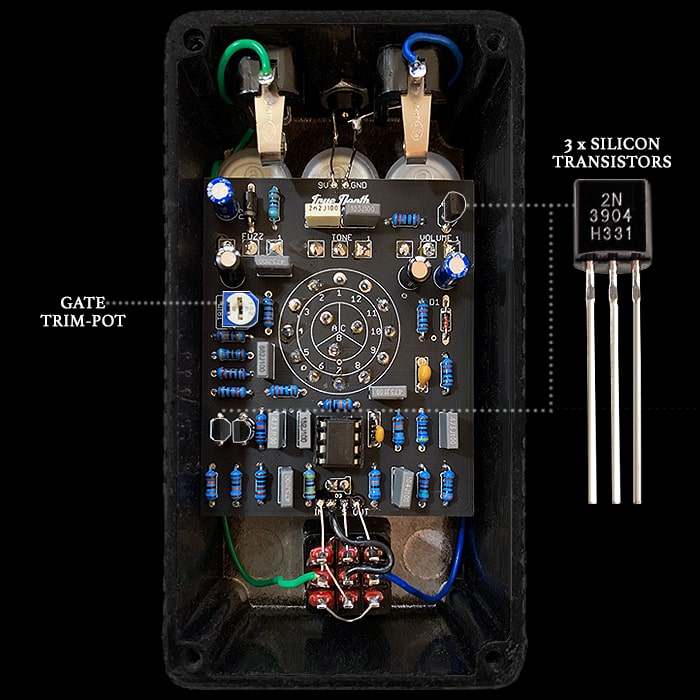
When you select the Gated Mode you can obviously choke the signal to varying degrees by fine-tuneing the Internal Gate Trim-Pot indicated in the above picture. Both the Tone and Fuzz controls have a pretty significant impact on the Gated signal output too, as does your guitar volume - giving this Mode the most significant variety.
I feel that the Rocky Mountain Fuzz is definitely a sign of things to come - where you have a main single dial which sets core tonalities that you then fine-tune with a couple or so less aggressive tone-shaping controls. This is diametrically opposite to pedals like the Fuzz Factory - where you have to tweak several knobs in combination to 'discover' the sweet spots. With the Rocky Mountain Fuzz - you get to the sweet spots so much more quickly and easily than on something like those more traditional multi-knob pedals. I expect to see 2 rotary dials more commonly used in the future - one for Voicing Modes and another probably for Gain Character - where the sweet-spots are already largely dialled-in - and you just adjust to taste or to suit your own rig!
The Rocky Mountain Fuzz is really quite a modern pedal in this regard - with 3 specially selected Silicon Transistors producing fantastic richly-textured vintage-style tones. It's the kind of fuzz that can sit anywhere in the pedal-chain and novices and connoisseur should both be able to enjoy it with consummate ease. It works great going into other drive pedals - including of course the formidable Tweed Drive. For sure another Sheldon winner which I expect to be just as popular as his now universally-loved Tweed Drive.
Key Specs
- Enclosure : Black Tweed-covered Hammond 1590N1/125B Size
- Controls : Volume, Tone, Fuzz, 4-way Mode Rotary Select
- Transistors : 3 x 2N3904 Silicon Transistors
- Power Supply : 9V DC Centre-Negative standard Boss-style supply, 2.1mm barrel
- Current Draw : 14mA Standby, 15mA in use
- RRP : $189
- Buy from : truenorthpedals.ca








